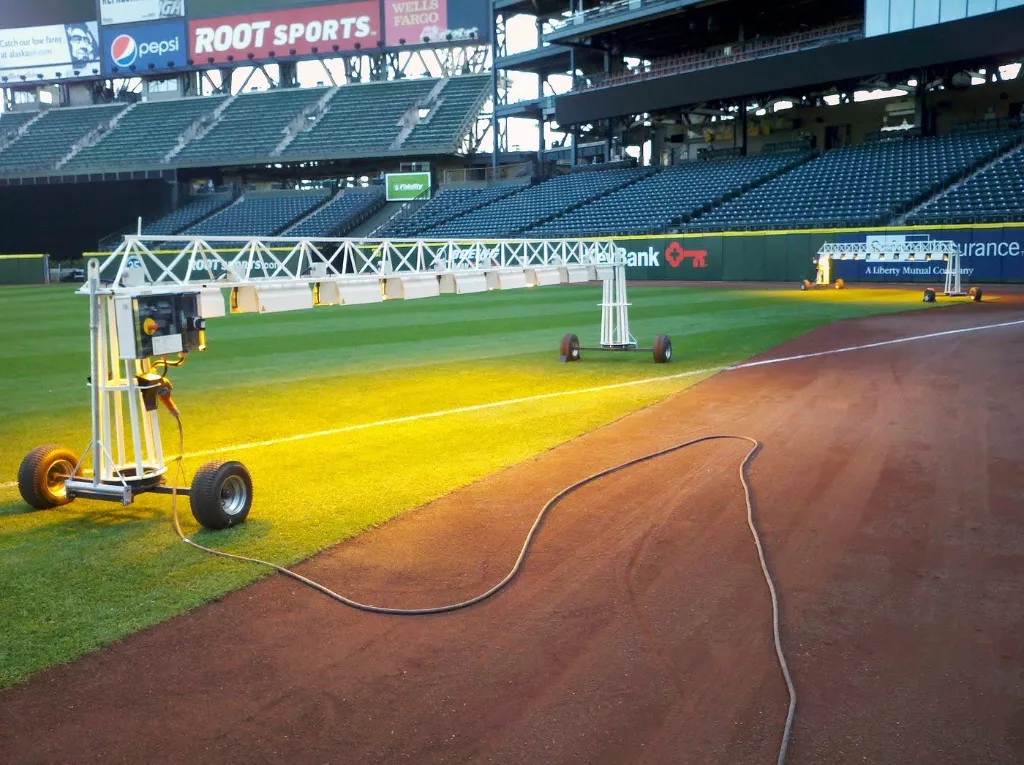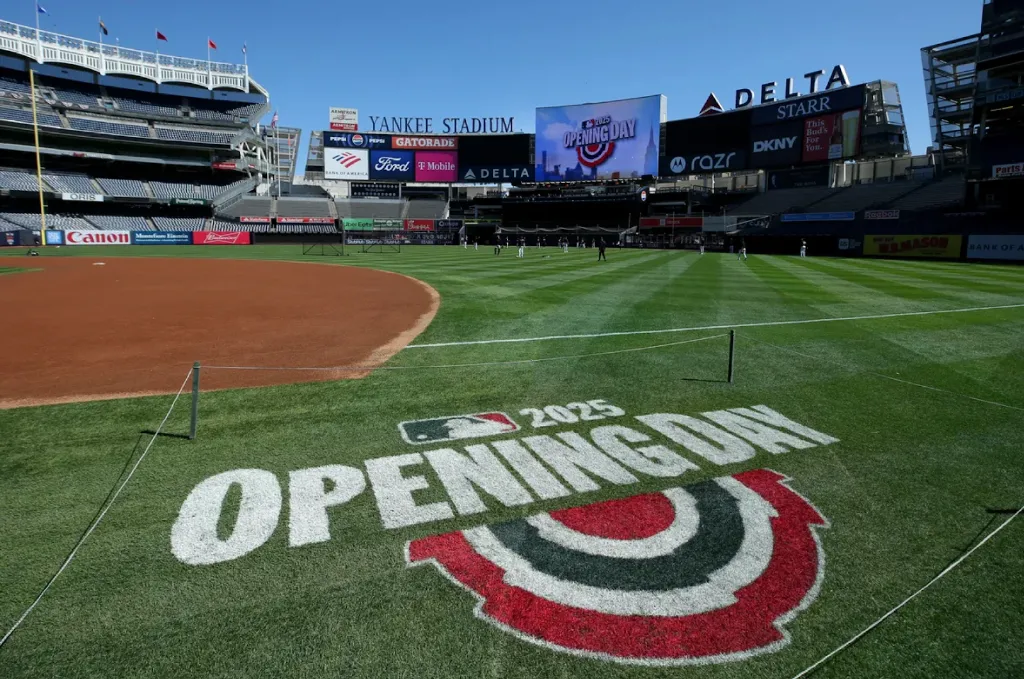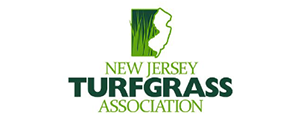Ever wonder how Major League Baseball fields like Yankee Stadium or Fenway Park manage to have picture-perfect green grass just in time for Opening Day—while most of us are still looking at patchy lawns recovering from winter?
The secret lies in a mix of turf science, planning, and some pretty advanced field management techniques.
It Starts with the Right Turf
Most MLB stadiums in the Northeast use a combination of Kentucky bluegrass and perennial ryegrass—cool-season grasses known for their rich color, durability, and ability to recover quickly under stress. One of the main suppliers for this game-day sod is Tuckahoe Turf Farms, located right in Freehold, New Jersey. They specialize in growing high-quality sports turf and are the go-to source for many pro fields when it’s time for a field renovation.
Annual Field Renovations
Yes, you read that right. MLB fields don’t just hang on to the same grass year after year. Each offseason, the field is stripped and replaced with fresh sod. This ensures a clean, consistent playing surface for the season ahead—and avoids long-term turf damage from the wear and tear of a full season.

State-of-the-Art Construction
These fields aren’t built like your backyard. Beneath that perfect green surface is a high-tech rootzone, typically made up of mostly sand with a touch of soil. The sand-heavy mix ensures fast drainage, which is essential during spring showers and helps keep the field playable.
Speeding Up Spring Green-Up
Here’s where it gets interesting: grass needs warmth to grow, and Northeast spring temperatures often don’t cooperate. To speed up green-up, field managers use several tools:
- Turf blankets that insulate the soil and trap heat
- UV light rigs that mimic the sun and warm the grass from above
- Strategic mowing—they’ll start cutting the grass just two weeks after installation, using reel mowers (not the rotary ones you might use at home). Reel mowers clip the grass like scissors, giving a clean, precise cut that promotes denser growth.
The Cost of Perfection
This kind of elite-level turf management isn’t cheap. A professional sports field renovation with all the bells and whistles costs a significant amount of money—but when you’re broadcasting in HD to millions of fans and hosting some of the best athletes in the world, perfect turf isn’t optional. It’s part of the show.
Talk to a superintendent now about your own lawn



